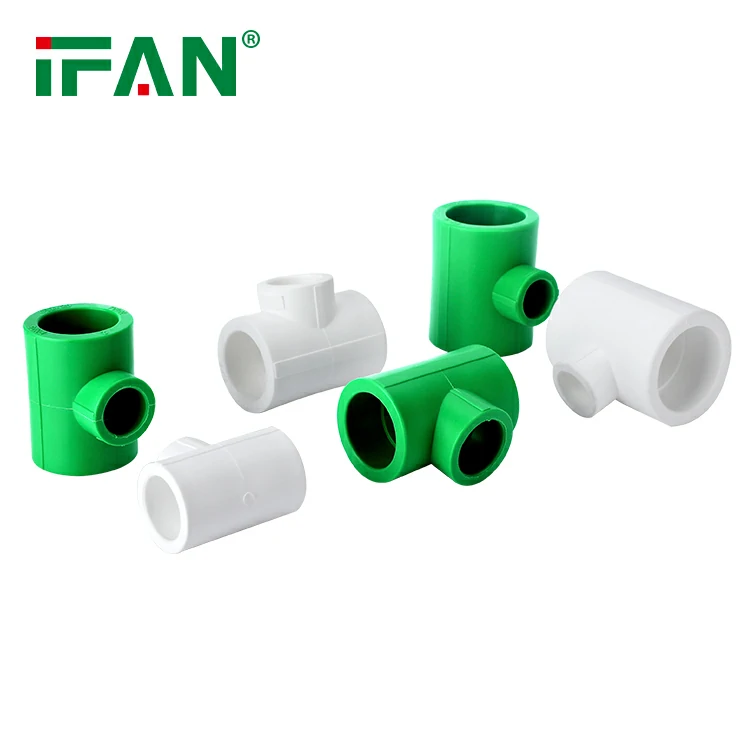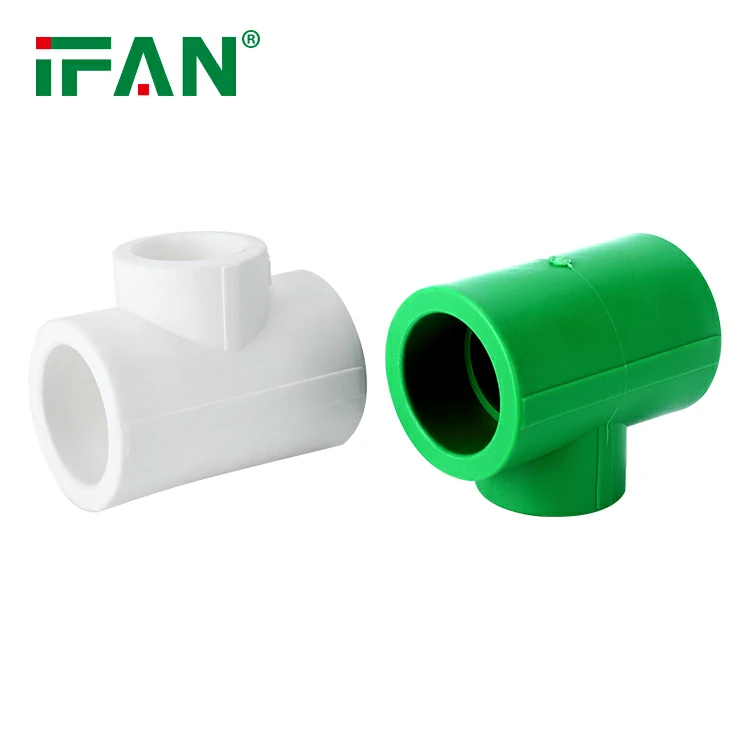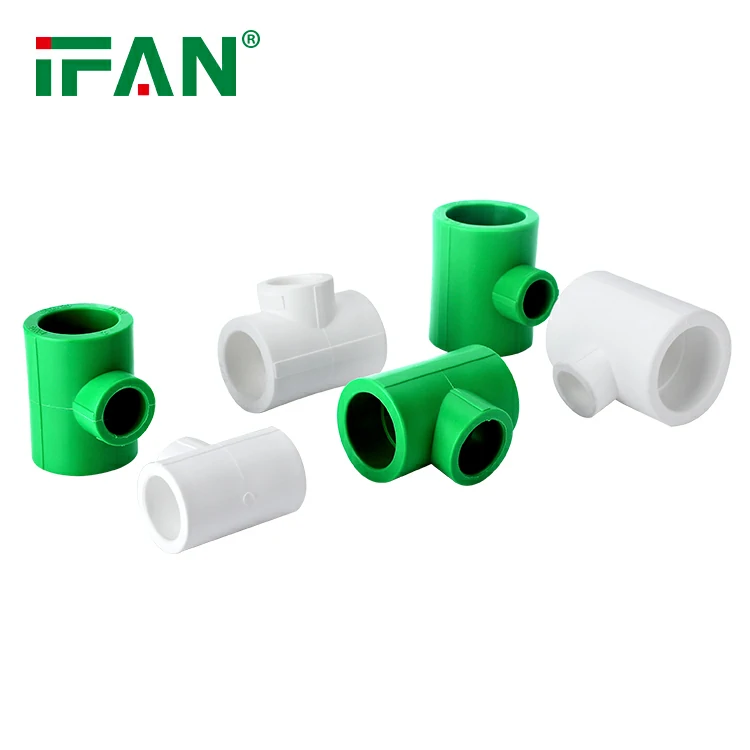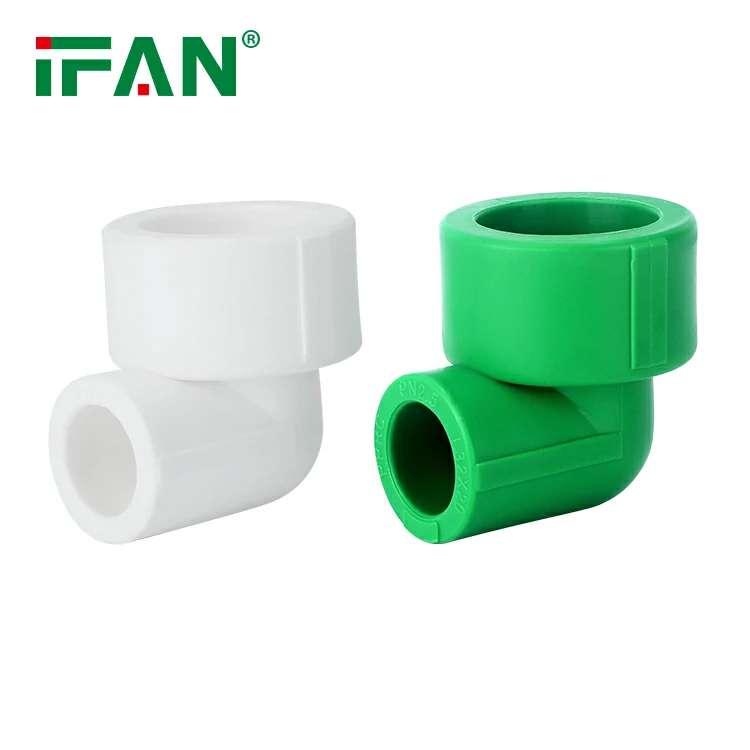Introduction
In the ever-evolving world of plumbing and construction, the choice of piping materials is crucial for ensuring efficiency, durability, and sustainability. PEX (cross-linked polyethylene) pipes have gained immense popularity due to their flexibility, ease of installation, and resistance to corrosion. However, as the market expands, alternatives like PPR (Polypropylene Random Copolymer) pipes are also gaining traction. This article aims to provide a comprehensive understanding of PEX pipe choices while highlighting the advantages of PPR pipes as a viable alternative.
What is PEX Pipe?
PEX pipes are made from cross-linked polyethylene, a type of plastic that has been chemically treated to enhance its properties. This innovative material is used in various plumbing applications, including residential and commercial buildings. PEX pipes are known for their flexibility, which allows them to be bent and curved without the need for additional fittings. This feature not only simplifies installation but also reduces the potential for leaks.
Key Benefits of PEX Pipes
- Flexibility: PEX pipes can easily navigate around obstacles, making them ideal for complex plumbing layouts. Their flexibility reduces the need for joints and fittings, which can be potential leak points.
- Corrosion Resistance: Unlike metal pipes, PEX is immune to corrosion, which is particularly advantageous in areas with hard water. This resistance extends the lifespan of the plumbing system.
- Thermal Insulation: PEX pipes have excellent thermal insulation properties, helping to maintain water temperature and reduce energy costs. This is especially beneficial for hot water applications.
- Quick Installation: The lightweight nature of PEX allows for faster installation, which can lead to lower labor costs and quicker project completion.
- Reduced Noise: PEX pipes are quieter than traditional metal pipes, minimizing noise from water flow, which is especially beneficial in residential and commercial settings.
Common Applications of PEX Pipes
PEX pipes are used in various applications, including:
- Residential Plumbing: PEX is widely used for hot and cold water supply lines, as well as for radiant floor heating systems.
- Commercial Plumbing: Many commercial buildings utilize PEX for efficient plumbing systems that require flexibility and durability.
- Hydronic Heating: PEX pipes are commonly employed in hydronic heating systems, where hot water is circulated through pipes to provide warmth.
- Snow Melting Systems: PEX can be used in outdoor snow melting applications, ensuring safe and accessible walkways during winter.
The Limitations of PEX Pipes
While PEX pipes offer numerous advantages, they also come with certain limitations that should be considered:
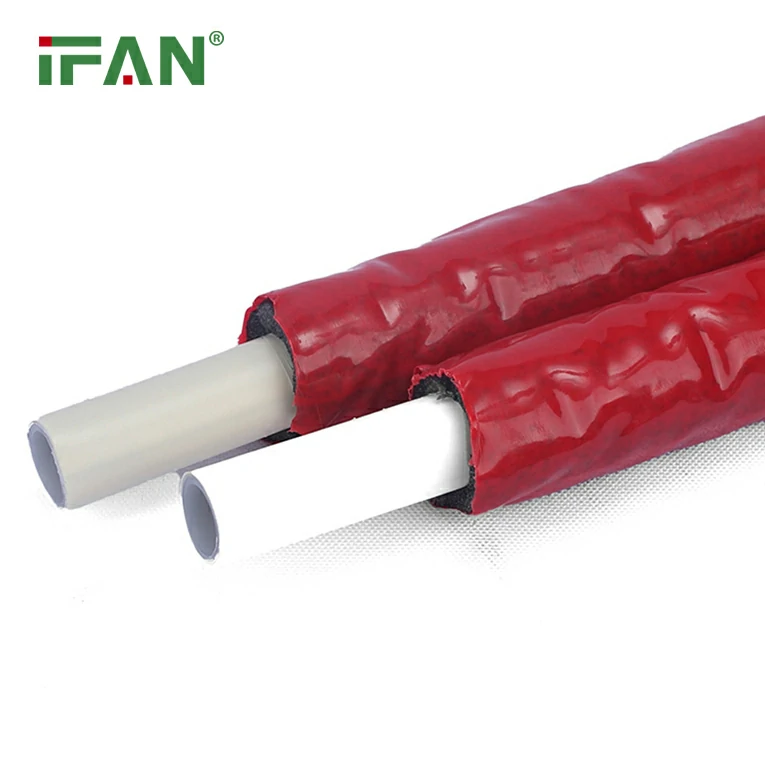
- UV Sensitivity: PEX is sensitive to UV light and should not be exposed to direct sunlight for extended periods. This can lead to degradation of the material.
- Temperature Fluctuations: PEX pipes can expand and contract with temperature changes, which can lead to stress on the pipes if not installed correctly.
- Leaching Concerns: Some studies have raised concerns about the potential leaching of chemicals from PEX pipes into drinking water. However, many manufacturers have improved their formulations to address these concerns.
- Initial Cost: While PEX can save on labor costs due to its ease of installation, the initial material costs may be higher compared to traditional piping materials.
Understanding PPR Pipes
PPR pipes are made from polypropylene, a thermoplastic polymer known for its durability and chemical resistance. PPR pipes have been widely used in plumbing systems for many years and offer several advantages over PEX.
Key Benefits of PPR Pipes
- Chemical Resistance: PPR pipes are highly resistant to a wide range of chemicals, making them suitable for industrial applications where chemical exposure is a concern.
- Thermal Stability: PPR pipes can withstand higher temperatures than PEX, making them ideal for hot water applications without compromising their structural integrity.
- Longevity: PPR pipes have a lifespan of over 50 years, significantly longer than PEX. Their resistance to corrosion and wear makes them a reliable choice for long-term plumbing systems.
- Ease of Maintenance: PPR pipes require minimal maintenance and are less prone to leaks compared to PEX systems. This reliability translates to lower long-term costs for property owners.
- Eco-Friendly: PPR pipes are made from recyclable materials, contributing to a more sustainable plumbing solution compared to PEX, which is derived from petrochemicals.
Comparing PEX and PPR Pipes
When choosing between PEX and PPR pipes, it is essential to consider the specific requirements of your plumbing project. Here are some key comparisons:
Flexibility vs. Rigidity
- PEX: Offers exceptional flexibility, allowing for easy installation in tight spaces and reducing the need for fittings.
- PPR: While PPR pipes are less flexible than PEX, they can be joined using heat fusion techniques, creating strong, leak-proof connections.
Chemical and Temperature Resistance
- PEX: Resistant to corrosion but may have limitations in high-temperature applications.
- PPR: Highly resistant to chemicals and can withstand higher temperatures, making it suitable for various industrial applications.
Longevity and Maintenance
- PEX: Has a lifespan of 25 to 50 years, depending on installation conditions. May require more maintenance due to potential leaks at fittings.
- PPR: Offers a lifespan of over 50 years with minimal maintenance needs, making it a reliable long-term solution.
Cost Considerations
- PEX: Generally has lower initial costs due to ease of installation but may have higher long-term maintenance costs.
- PPR: While the initial costs may be higher, the durability and low maintenance of PPR pipes can lead to significant long-term savings.
Installation Processes: PEX vs. PPR
Installing PEX Pipes
The installation process for PEX pipes is relatively straightforward:
- Planning the Layout: Before installation, it’s crucial to plan the plumbing layout, considering the location of fixtures and appliances.
- Cutting the Pipe: Use a pipe cutter to cut the PEX pipes to the desired lengths.
- Connecting Fittings: Depending on the type of fittings used (crimp or expansion), the appropriate method is applied to secure the connections.
- Securing the Pipes: PEX pipes should be secured to walls or ceilings using straps or hangers to prevent sagging.
- Testing for Leaks: After installation, a pressure test should be conducted to ensure there are no leaks in the system.
Installing PPR Pipes
The installation process for PPR pipes differs slightly:
- Planning the Layout: Similar to PEX, planning the layout is crucial for PPR installations.
- Cutting the Pipe: PPR pipes are cut to the required lengths using a pipe cutter.
- Heating and Joining: PPR pipes are typically joined using heat fusion. This process involves heating the ends of the pipes and fittings until they become soft, then pushing them together to create a strong bond.
- Cooling Period: The joint is allowed to cool, solidifying the connection.
- Pressure Testing: As with PEX, it is essential to conduct a pressure test after installation to ensure there are no leaks.
Conclusion
Understanding the choices between PEX and PPR pipes is essential for making informed decisions in plumbing projects. While PEX pipes offer flexibility and ease of installation, PPR pipes provide unique advantages such as chemical resistance, thermal stability, and longevity. By considering the specific requirements of your plumbing system, you can choose the material that best suits your needs, ensuring a reliable and efficient solution for years to come.
Frequently Asked Questions (FAQs)
1. What are the main advantages of PEX pipes?
PEX pipes offer flexibility, resistance to corrosion, quick installation, reduced noise, and cost-effectiveness, making them a popular choice for plumbing systems.
2. How long do PEX pipes last?
PEX pipes typically have a lifespan of 25 to 50 years, depending on installation conditions and maintenance.
3. Are PPR pipes better than PEX pipes?
PPR pipes offer advantages such as chemical resistance, thermal stability, and a longer lifespan, making them suitable for specific applications where these factors are critical.
4. Can PPR pipes be used for hot water applications?
Yes, PPR pipes can withstand higher temperatures and are suitable for hot water applications without compromising their structural integrity.
5. What tools do I need to install PPR pipes?
To install PPR pipes, you will need a pipe cutter, heat fusion tool, measuring tape, and PPR fittings, along with the pipes themselves.

